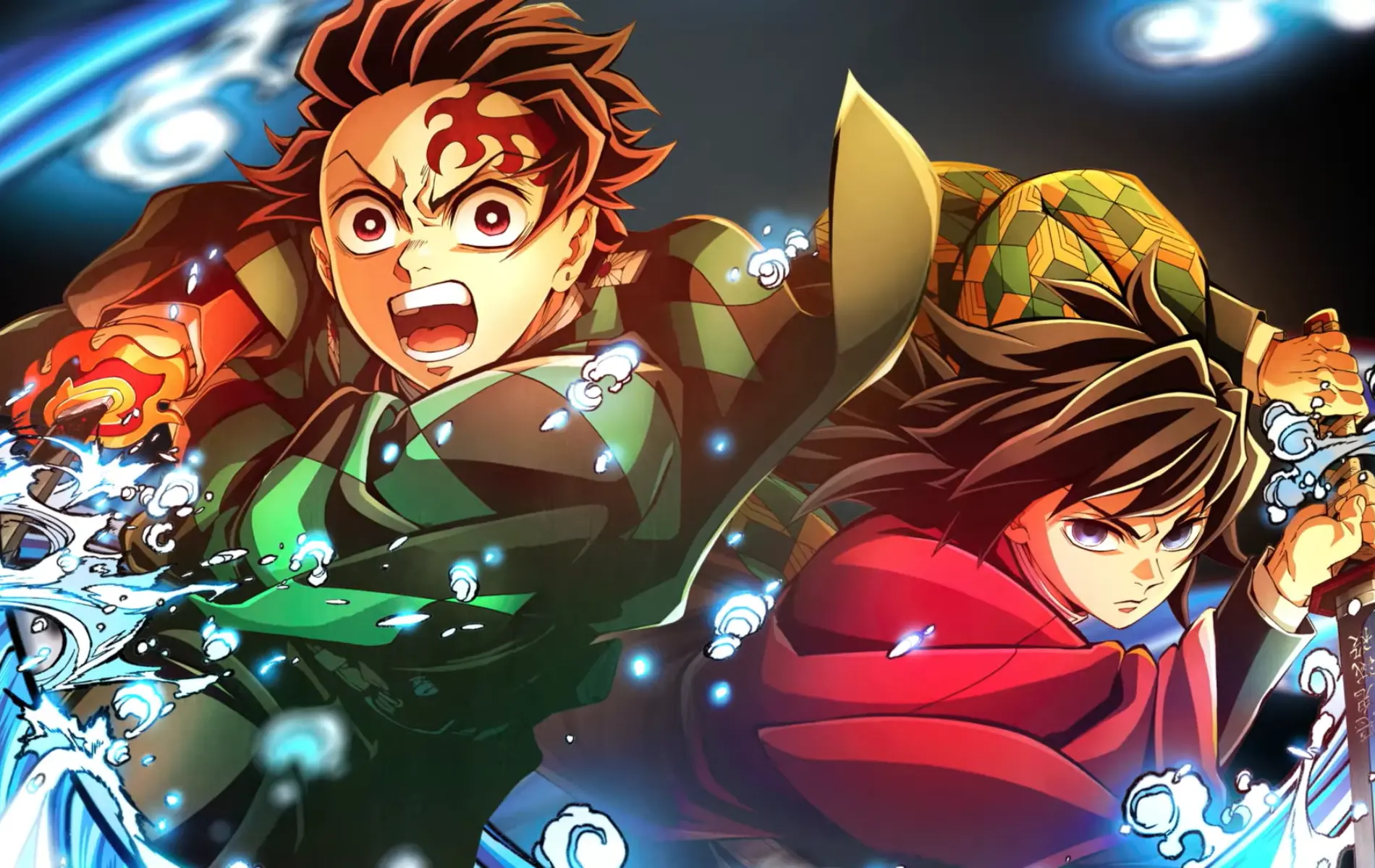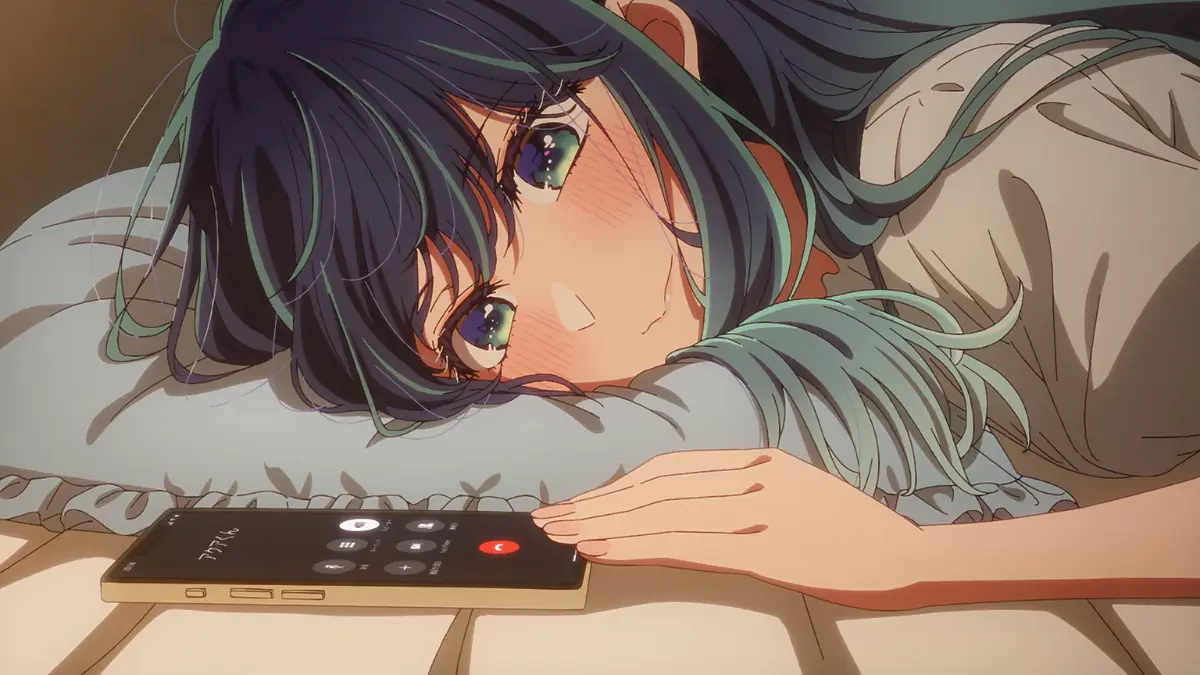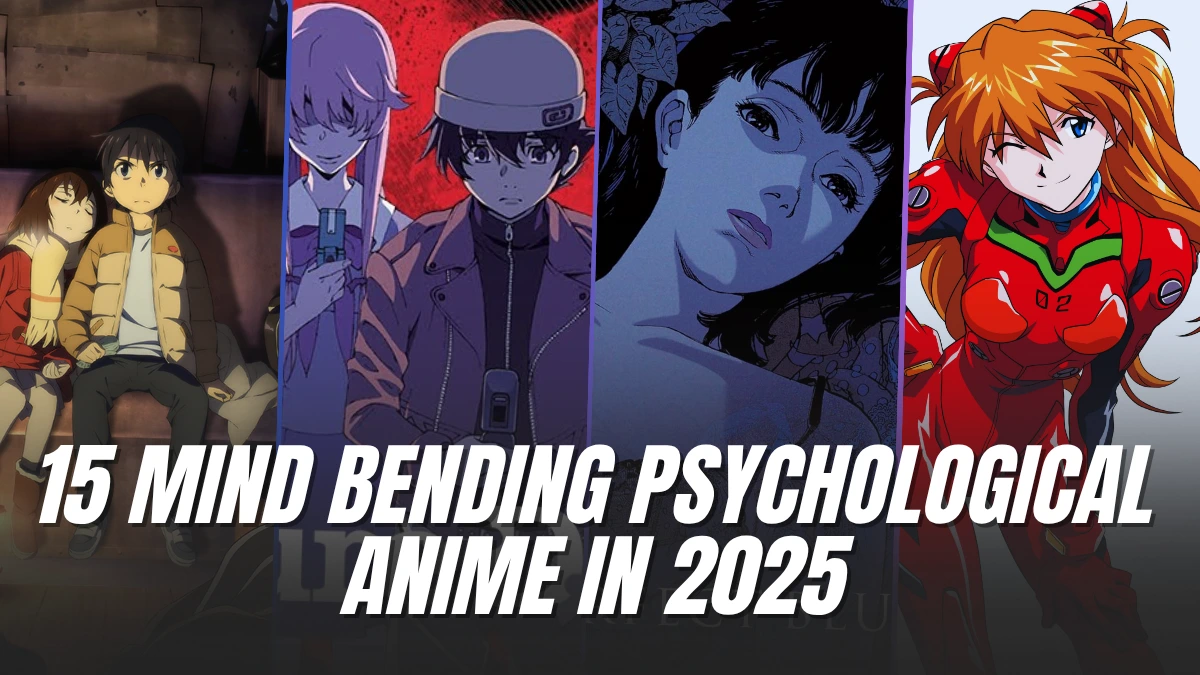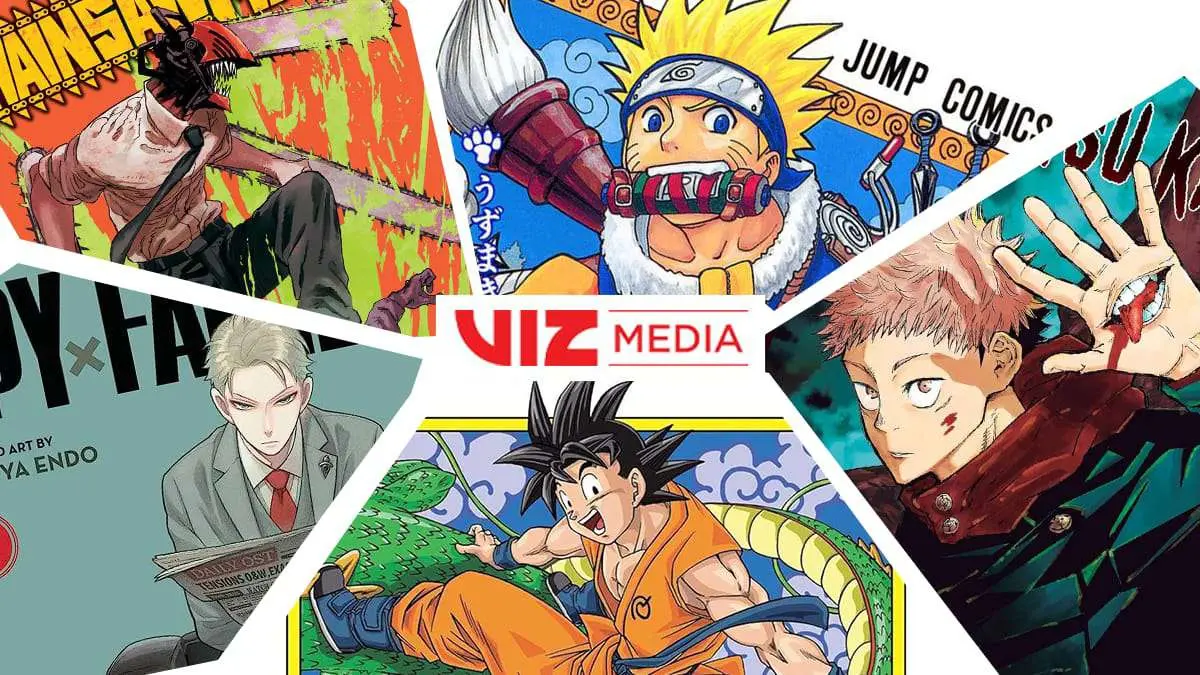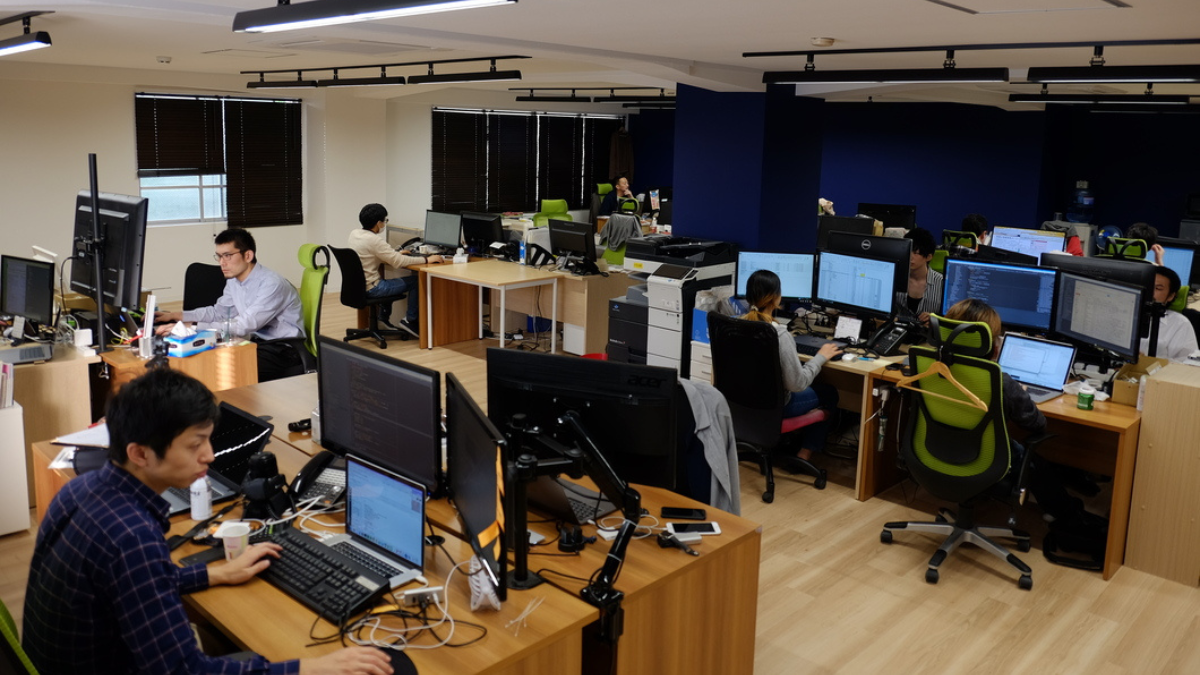Walk into any anime discussion forum and you’ll find passionate debates about 2D versus 3D animation. Some fans dismiss 3D anime as soulless computer graphics, while others praise it as the future of the medium. The reality is more nuanced than either camp suggests.
Both techniques serve different purposes and excel in different areas. Understanding when and why studios choose one over the other helps explain why some anime feel timeless while others push visual boundaries in exciting new directions.
1. The Heart of Traditional Animation
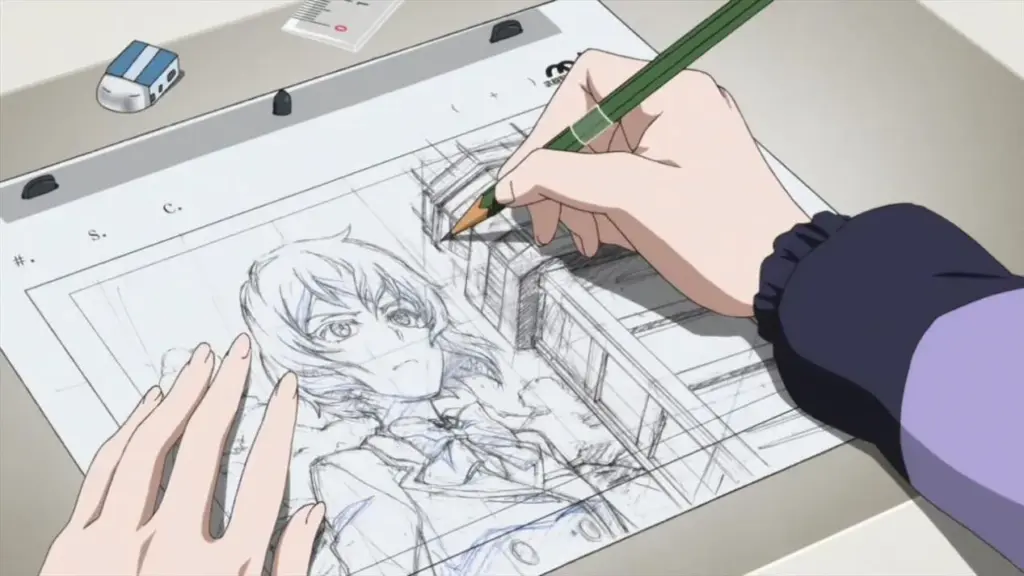
2D animation built anime’s reputation. Every frame gets drawn by hand or digitally illustrated, creating the distinctive flat, stylized look that defines the medium. This process demands incredible skill and patience. Animators must consider every line, every shadow, every expression across thousands of individual drawings.
The results speak for themselves. Watch any Studio Ghibli film or classic series like Cowboy Bebop, and you’ll see why 2D animation remains the gold standard. Characters feel alive through subtle facial expressions and fluid movement that responds to the story’s emotional beats. The imperfections and variations between frames add warmth and humanity that’s hard to replicate digitally.
This technique also preserves anime’s cultural DNA. The exaggerated expressions, the way hair moves, the particular style of action sequences—these all grew out of 2D animation traditions dating back decades. When done well, 2D animation can convey complex emotions with just a few simple lines.
But 2D comes with serious constraints. Complex camera movements become expensive nightmares. Drawing the same character from multiple angles while maintaining consistency requires exceptional skill. Large crowd scenes or detailed mechanical objects can eat up budgets and schedules. Many studios simply can’t afford the time and talent needed for high-quality 2D work.
2. The Promise of Digital Dimension
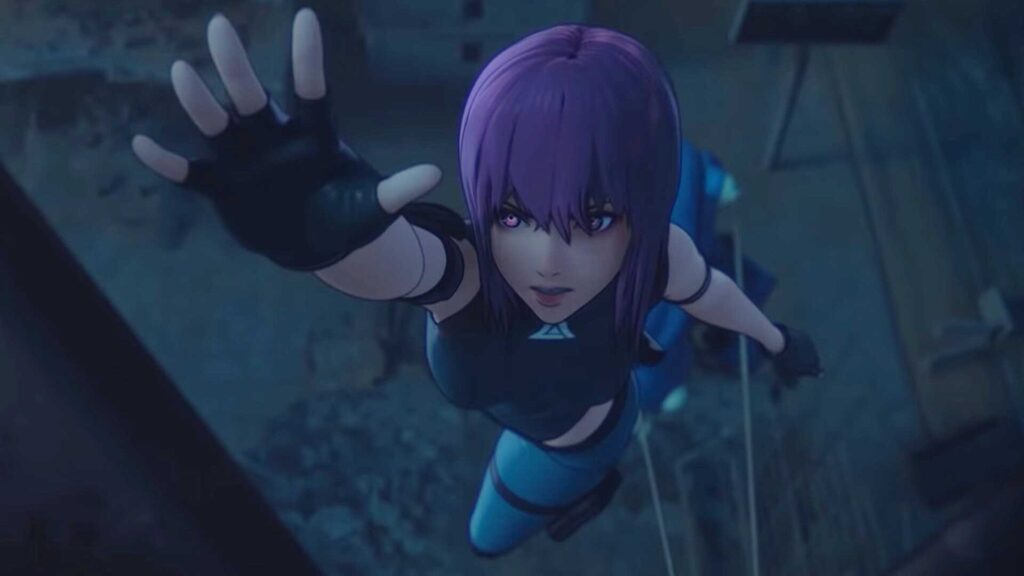
3D animation solves many of 2D’s practical problems. Once you build and rig a character model, it stays consistent from every angle. Camera movements that would cost thousands in 2D become simple software operations. Crowd scenes, vehicles, and complex environments become manageable.
Ghost in the Shell: SAC_2045 might not look traditionally beautiful, but watch how smoothly the camera flows through action sequences. Those movements would be prohibitively expensive in 2D. Similarly, mecha anime like Knights of Sidonia can show giant robots from impossible angles while maintaining perfect mechanical detail.
3D also opens creative possibilities that 2D simply can’t match. Realistic lighting, particle effects, and physics simulations add visual richness. Directors can experiment with camera work that would be impossible to draw. The depth and dimensionality create a different kind of visual engagement.
Yet 3D faces its own challenges in anime. The technique often struggles to capture the expressive stylization that makes anime special. Characters can look stiff or uncanny, especially when studios try too hard to mimic 2D aesthetics in 3D space. Early 3D anime like the 2016 Berserk adaptation show how badly this can go wrong.
3. The Cost Question
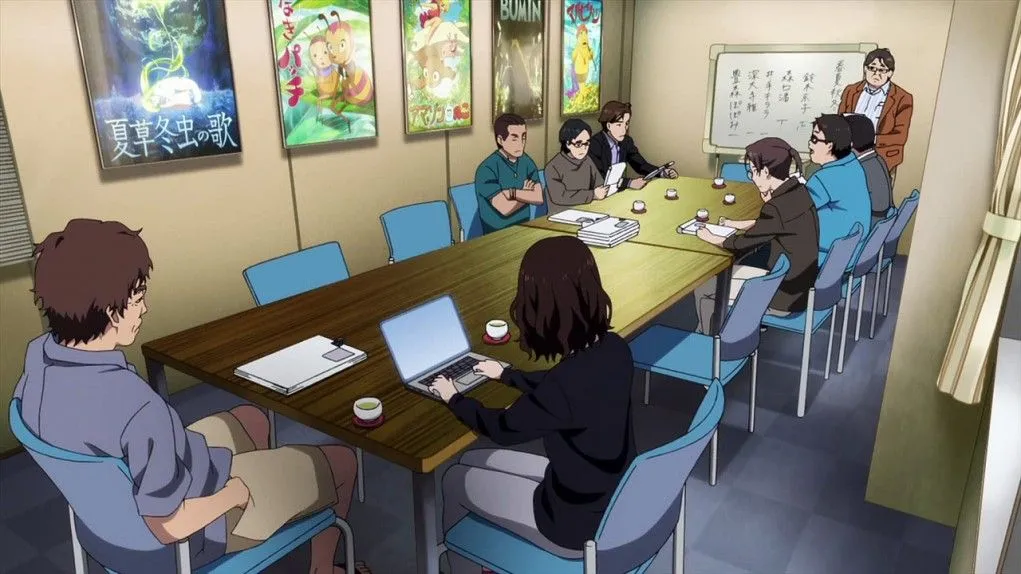
Money drives many animation decisions, though not always in obvious ways. 2D animation requires massive upfront labor costs. Every frame needs individual attention from skilled artists. A single episode might require hundreds of drawings, each taking hours to complete.
3D flips this equation.
The initial modeling and rigging process is expensive and time-consuming, but once completed, animating becomes much faster. You can reuse models, environments, and even animation sequences across episodes or series. For studios producing multiple seasons or long-running series, this efficiency matters enormously.
However, good 3D requires different expertise. Studios need technical directors, riggers, and lighting specialists—roles that barely existed in traditional 2D pipelines. Building this expertise takes time and money many studios don’t have.
4. Finding the Sweet Spot

The most excellent modern anime usually incorporate these two in a strategic style. To give the attack on Titan its 2D character close ups and emotional scenes, and lag it back to 3D during the confusing aerial techniques that characterize its action. The ODM gear motions would be almost impossible to animate in a way that would be convincing in 2D but the actions of the characters are more suited to the conventional methods.
Similar is the case of Demon Slayer which uses 3D only to simulate complex effects involving water and fire and only the characters remain in 2D. This blend allows directors to select the suitable tool within each scene and not to rely on one tool.
Other studios are trending 3D anime to be more stylised, better fitting in line with the strengths of the medium. Lupin III: The First establishes a very toylike appearance that fits the characters and plot. Instead of attempting to appear ticked 2D animation, it takes an advantage of what 3D can be exceptionally good at.
5. What Audiences Actually Want
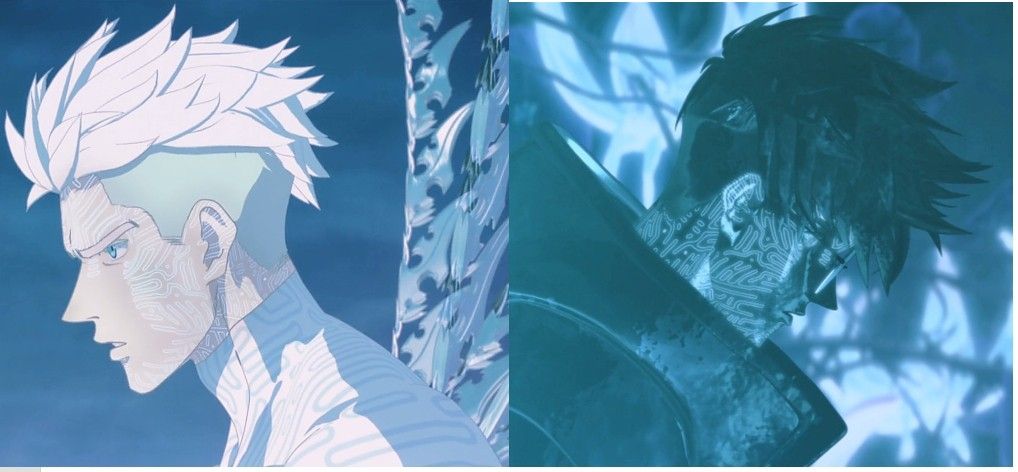
Fan reactions vary widely, but patterns emerge. Audiences generally accept 3D more readily for action sequences, mechanical objects, and background elements. They remain more skeptical when it comes to character expressions and dramatic moments.
Interestingly, younger viewers who grew up with more 3D content show greater acceptance of the technique. They’re less attached to 2D as the “authentic” anime experience and more willing to judge each show on its own merits.
International audiences also tend to be more accepting of 3D anime. Without the same cultural attachment to traditional techniques, they focus more on storytelling and visual spectacle than animation methodology.
6. The Future Landscape
Both forms are not going away. 2D animation is expected to continue dominating any story that involves characters and slice-of-life format and stories, as well as those that have an artistic sensibility and focus. Hand-drawn animation is relevant because of its art and heritage.
It is likely that 3D will take over action-packed shows, science and entertainment that require a high degree of regular quality and are based on tight schedules. The technique will probably be employed more vividly in the process of becoming more creative and expressive as tools become better and more studios become 3D skillful.
The actual winners are the studios which will perfect both techniques and understand when to apply each of them. Animation is always secondary to the story and the best directors will use the method whatever technique is best suited to the story the director has in mind rather than what each director prefers or is the current technique to use to be in fashion.
Intelligent anime manufacturing implies also the realization that 2D and 3D are not rivals, but diverse tools with various advantages. The future is in the hands of creators that are capable of using all of them knowledgeably and know when each one should be used to fit the story each time.
Bookmark Our Website For More Amazing Content

